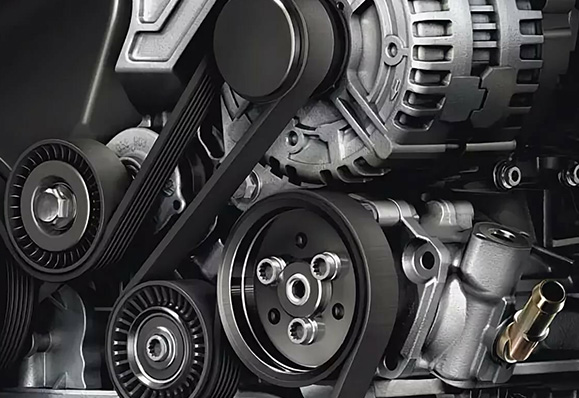- Arabic
- French
- Russian
- Spanish
- Portuguese
- Turkish
- Armenian
- English
- Albanian
- Amharic
- Azerbaijani
- Basque
- Belarusian
- Bengali
- Bosnian
- Bulgarian
- Catalan
- Cebuano
- Corsican
- Croatian
- Czech
- Danish
- Dutch
- Afrikaans
- Esperanto
- Estonian
- Finnish
- Frisian
- Galician
- Georgian
- German
- Greek
- Gujarati
- Haitian Creole
- hausa
- hawaiian
- Hebrew
- Hindi
- Miao
- Hungarian
- Icelandic
- igbo
- Indonesian
- irish
- Italian
- Japanese
- Javanese
- Kannada
- kazakh
- Khmer
- Rwandese
- Korean
- Kurdish
- Kyrgyz
- Lao
- Latin
- Latvian
- Lithuanian
- Luxembourgish
- Macedonian
- Malgashi
- Malay
- Malayalam
- Maltese
- Maori
- Marathi
- Mongolian
- Myanmar
- Nepali
- Norwegian
- Norwegian
- Occitan
- Pashto
- Persian
- Polish
- Punjabi
- Romanian
- Samoan
- Scottish Gaelic
- Serbian
- Sesotho
- Shona
- Sindhi
- Sinhala
- Slovak
- Slovenian
- Somali
- Sundanese
- Swahili
- Swedish
- Tagalog
- Tajik
- Tamil
- Tatar
- Telugu
- Thai
- Turkmen
- Ukrainian
- Urdu
- Uighur
- Uzbek
- Vietnamese
- Welsh
- Bantu
- Yiddish
- Yoruba
- Zulu
juuli . 29, 2024 22:41 Back to list
Understanding the Benefits and Applications of Tooth V Belts in Modern Machinery and Engineering
Understanding Tooth V Belts A Comprehensive Overview
Tooth v belts, often referred to simply as synchronous belts or timing belts, play a crucial role in various mechanical applications by facilitating the transfer of power between pulleys with precision. These belts have become a staple in industries ranging from automotive to manufacturing, owing to their design and functionality which offer distinct advantages over traditional V-belts.
The Design of Tooth V Belts
Tooth v belts are characterized by their toothed or cogged surface. Unlike conventional V-belts that rely on friction for power transmission, tooth v belts use the engagement of teeth with corresponding grooves on the pulleys. This design ensures that there is no slippage between the belt and pulley system, allowing for synchronized motion that is essential in applications where timing is critical. The teeth engage firmly with the pulley grooves, providing a positive drive system that maintains precision in speed and timing.
Advantages of Tooth V Belts
One of the primary advantages of tooth v belts is their ability to maintain accurate timing between rotating components. In applications such as automotive engines, synchronizing the rotation of the crankshaft and camshaft is vital for optimal engine performance. The high-torque capacity and resistance to stretching of tooth v belts further enhance their reliability, leading to less maintenance and downtime.
Moreover, tooth v belts operate more quietly than traditional V-belts. The absence of slippage minimizes noise and vibration, which is particularly important in environments where noise pollution needs to be controlled, such as in residential areas or within office settings.
Tooth v belts are also designed to handle higher payloads compared to their V-belt counterparts. This makes them suitable for use in heavy machinery, conveyor systems, and various industrial applications. Their ability to carry loads efficiently reduces the wear and tear on components, resulting in lower operational costs over time.
tooth v belt

Applications of Tooth V Belts
The applications of tooth v belts are vast and varied. In the automotive industry, these belts are commonly used in timing mechanisms, ensuring that engine valves open and close in perfect unison with the pistons. This level of precision helps in maximizing engine efficiency and performance.
In manufacturing, tooth v belts are utilized in conveyor systems where the accurate movement of items is paramount. They are also extensively employed in robotics, textile machinery, and printing equipment, where they play a critical role in ensuring that every part of the machinery operates in harmony.
Maintenance and Longevity
Another advantage of tooth v belts is their longevity. While they do require periodic inspection for wear and tear, they are generally more durable than traditional belts. Proper maintenance such as ensuring correct tension, alignment, and avoiding exposure to extreme temperatures can extend their lifespan significantly.
Conclusion
In conclusion, tooth v belts represent a significant advancement in power transmission technology. Their unique design, coupled with their advantages in efficiency, noise reduction, and durability, makes them an essential component in various mechanical systems. As industries continue to evolve and demand more precise and reliable systems, the relevance and popularity of tooth v belts will undoubtedly grow. Whether it is in the intricate workings of an automotive engine or the efficient operation of a manufacturing line, tooth v belts are a testament to innovative engineering solutions that drive modern technology forward.
-
Korean Auto Parts Timing Belt 24312-37500 For Hyundai/Kia
NewsMar.07,2025
-
7PK2300 90916-T2024 RIBBED BELT POLY V BELT PK BELT
NewsMar.07,2025
-
Chinese Auto Belt Factory 310-2M-22 For BMW/Mercedes-Benz
NewsMar.07,2025
-
Chinese Auto Belt Factory 310-2M-22 For BMW/Mercedes-Benz
NewsMar.07,2025
-
90916-02660 PK Belt 6PK1680 For Toyota
NewsMar.07,2025
-
drive belt serpentine belt
NewsMar.07,2025

